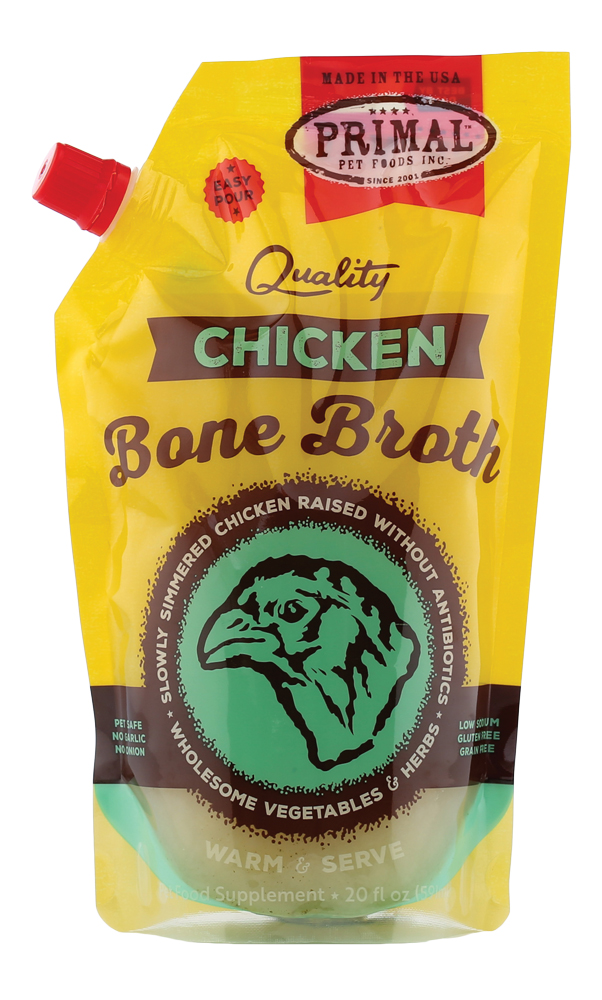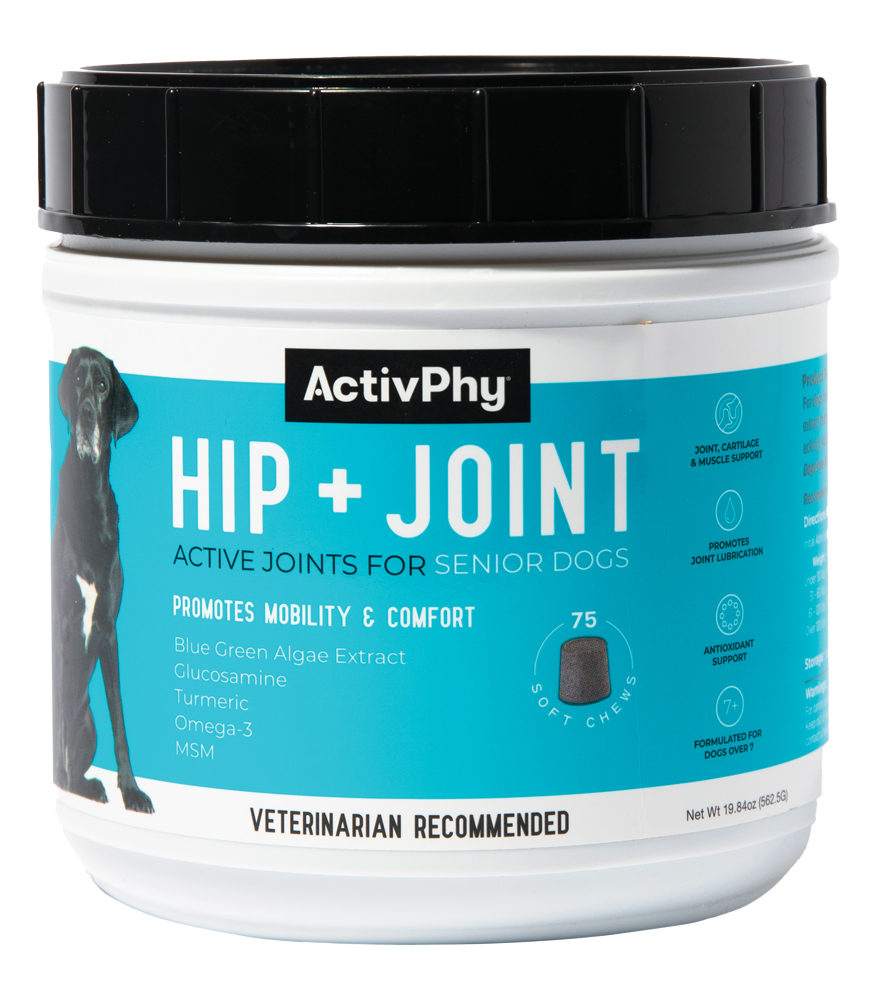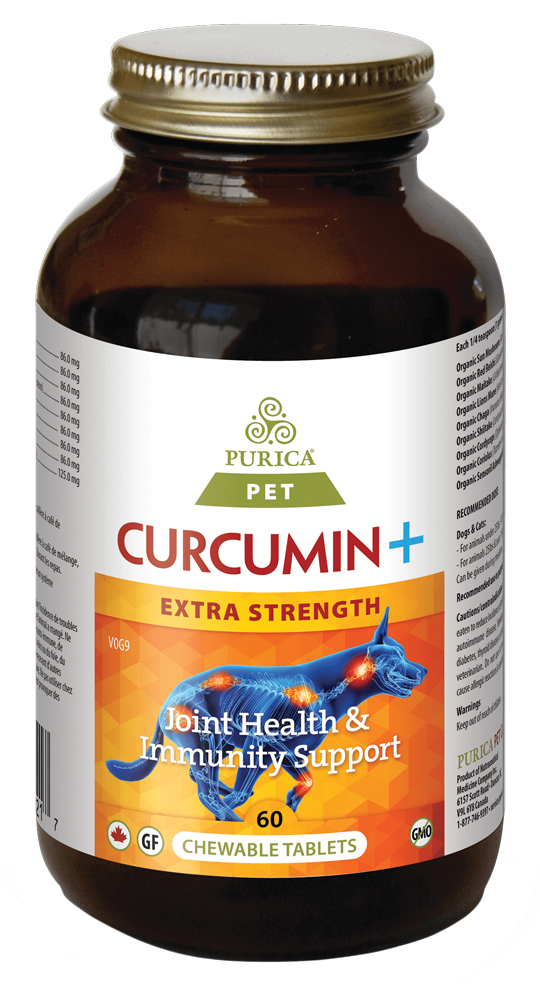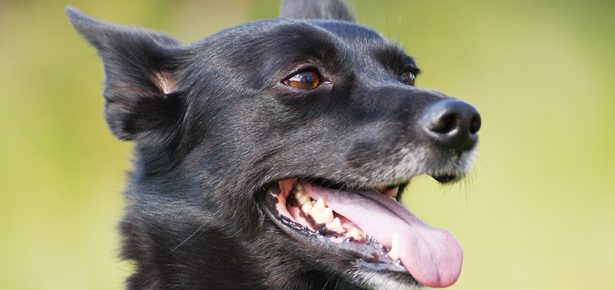

4 Signs of Osteoarthritis
Is it osteoarthritis or something else? This checklist will help determine what’s at the root of your dog’s slow down
In his younger years, Old Dan loved to run alongside his pet parent, Melody Grape, as she went for one of her frequent jogs around her neighbourhood.
Two years ago, the then six-year-old German shepherd mix began to slow down. He was less willing to move from his bed on the floor, even when Melody started lacing up her shoes in the doorway, something that used to send him racing to her side. One day, he slipped on the hardwood floor and fell. This worried Melody, a Jacksonville, Florida resident, enough to take Old Dan to the vet, where he was eventually diagnosed with osteoarthritis.
A degenerative joint disease, osteoarthritis is a progressive and permanent long-term deterioration of the cartilage surrounding the joints. It differs from arthritis, which is the medical term for inflammation of the joints.
There are a number of potential causes. “It can be associated with larger breeds at an early age or later in life, as a sequel to trauma, from dietary imbalance, from infection such as Lyme disease, and numerous other causes,” says New York-based veterinarian Dr. Dan Gilchrist, founder of the Waterville Veterinary Clinic in Waterville, N.Y. A graduate of the Ontario Veterinary College in 1978, Dr. Gilchrist practiced primarily in large animal medicine for 20 years in Vermont and New York before building the Waterville Veterinary Clinic, a small animal practice, over the last 20 years of his career.
Signs of osteoarthritis aren’t always easy to spot as they can be subtle, particularly at first, but there are several common signs of osteoarthritis in dogs:
1. Your dog has a stiff gait
One of the first signs of Old Dan’s osteoarthritis was his stiff walk and decreased range of motion, says Melody. “The vet said it was a classic sign,” she says. He was also diagnosed with hip dysplasia, which may have contributed to his osteoarthritis.
“Note that because your dog doesn’t yelp or cry out in pain may not be a sign that everything is okay,” says Dr. Gilchrist. “Dogs can be very stoic, suffering in silence, laying blame on no one, and accepting in silence and without prejudice their lot in life. In some cases, they might cry out in pain, but in most cases, it manifests itself when they favour one or more limbs, get up slowly, walk very slowly and deliberately, or just slow down significantly. They might carry a limb all the time, or off and on. Sometimes they get up lame and the more they move, the less they limp.”
It’s important to rule out other causes, says, Dr. Gilchrist.
If the problem seems to worsen the more the dog walks, Dr. Gilchrist said that could be an indication of an injury such as a torn ligament, damaged meniscus or intervertebral disc disease. A visible swelling in the leg or joint can also indicate trauma or infection or tumor. Swelling in the joint(s) accompanied by fever could indicate a tick-borne disease such as Lyme disease, anaplasmosis or ehrlichiosis, he says.
“A complete blood count and blood chemistry can check for signs of infection, dietary imbalances, and other more obscure causes of lameness,” Dr. Gilchrist says.
2. Your dog is older (but not always)
“Osteoarthritis is an acquisition that comes with age, but in some cases, it begins at birth,” says Dr. Gilchrist. Although older dogs are at greater risk of getting osteoarthritis, there are other causes of osteoarthritis as well, including hip dysplasia that gets worse with time, an injury, or abnormal wear on joints.
3. You have a large dog
Larger dogs are the most commonly affected by osteoarthritis. “Small breeds are similarly affected, but often to a lesser extent,” says Dr. Gilchrist. “Some species are affected more than others.” Keeping your pet at a healthy weight helps too, as obesity can add stress to joints.
4. Your dog is snappy or irritable
“Dogs can also show pain with mild aggression signs such as snapping uncharacteristically when coaxed to get up, especially by children who aren’t aware of what’s going on with their pet,” says Dr. Gilchrist. “The veterinarian is trained in determining where it hurts and characterizing the pain.”
Is it Osteoarthritis or something else?
If the problem seems to worsen the more the dog walks, it could be an injury such as a torn ligament, damaged meniscus or intervertebral disc disease. Visible swelling in the leg or joint can indicate trauma or infection or tumor. Swelling in the joint(s) accompanied by fever could indicate a tick-borne disease such as Lyme disease, anaplasmosis or ehrlichiosis.
Treatments
Treatments vary from glucosamine/chondroitin supplements to non-steroidal anti-inflammatories (NSAIDs), steroids, adequan injections, antibiotics, therapeutic laser, acupuncture, heat and hydrotherapy and surgery, says Dr. Gilchrist. Surgery, which includes joint replacement or removal, or bone or cartilage fragment removal and reconstructive procedures, can help alleviate symptoms and slow the progression of the condition. Physical therapy can include exercises to strengthen muscle tone, swimming, and massage.
“A good physical exam and work up by your veterinarian is critical to the treatment protocol,” Dr. Gilchrist says. “Not every case requires all or many of the aforementioned. A torn nail or a sprain or infection is often easily diagnosed and treated. Take it one step at a time, beginning with a physical exam.”
Help For Sore Joints



Join the newsletter and never miss out on dog content again!
"*" indicates required fields
By clicking the arrow, you agree to our web Terms of Use and Privacy & Cookie Policy. Easy unsubscribe links are provided in every email.





